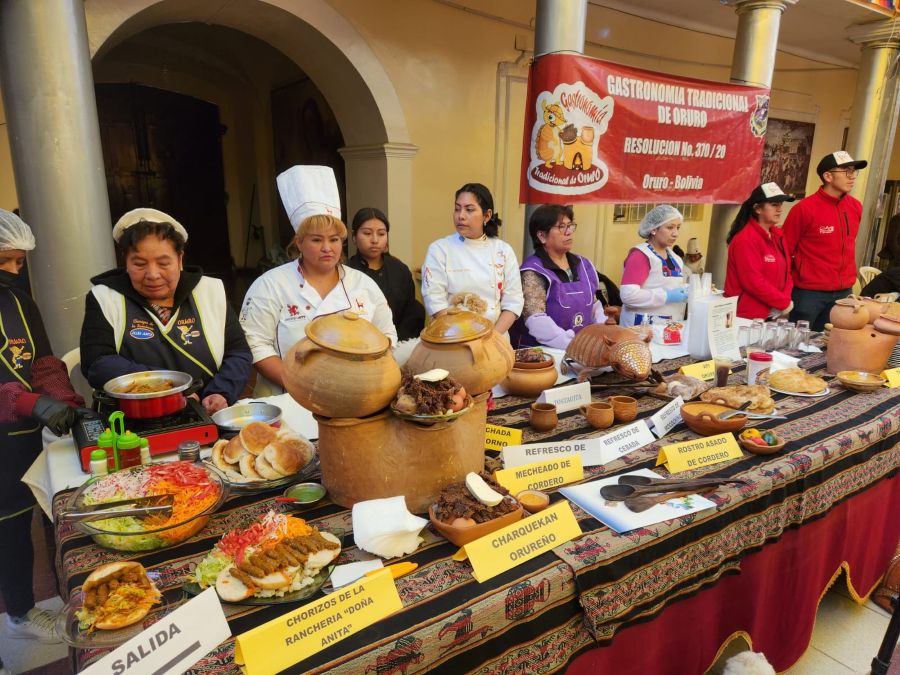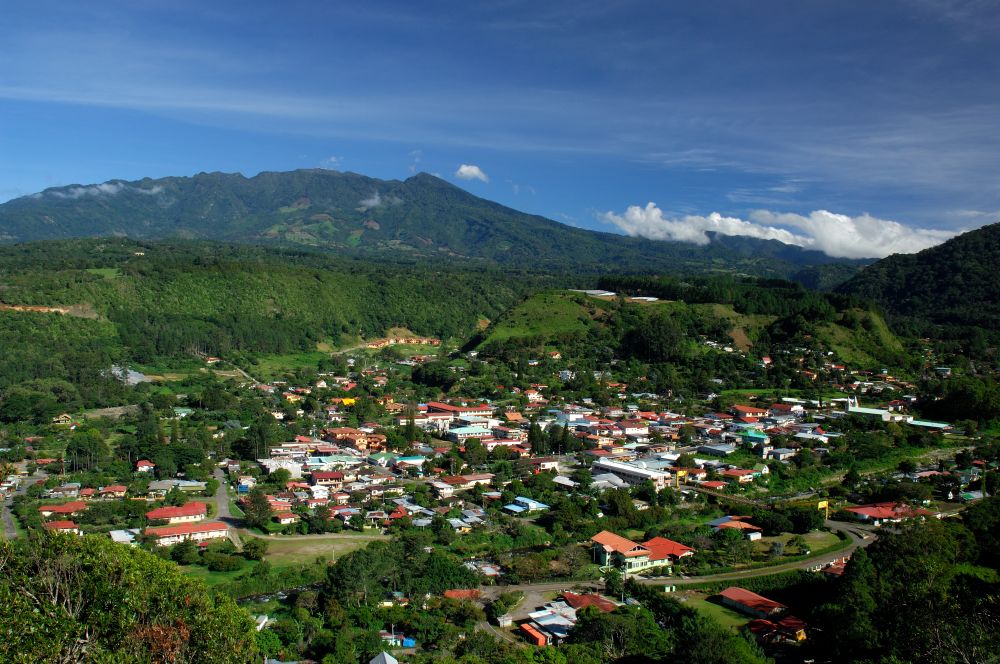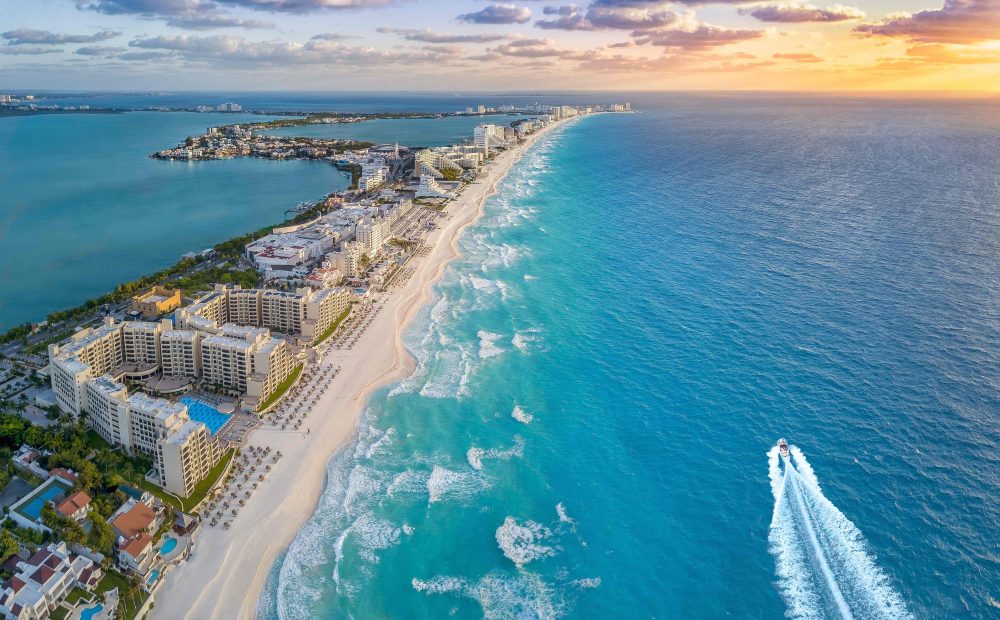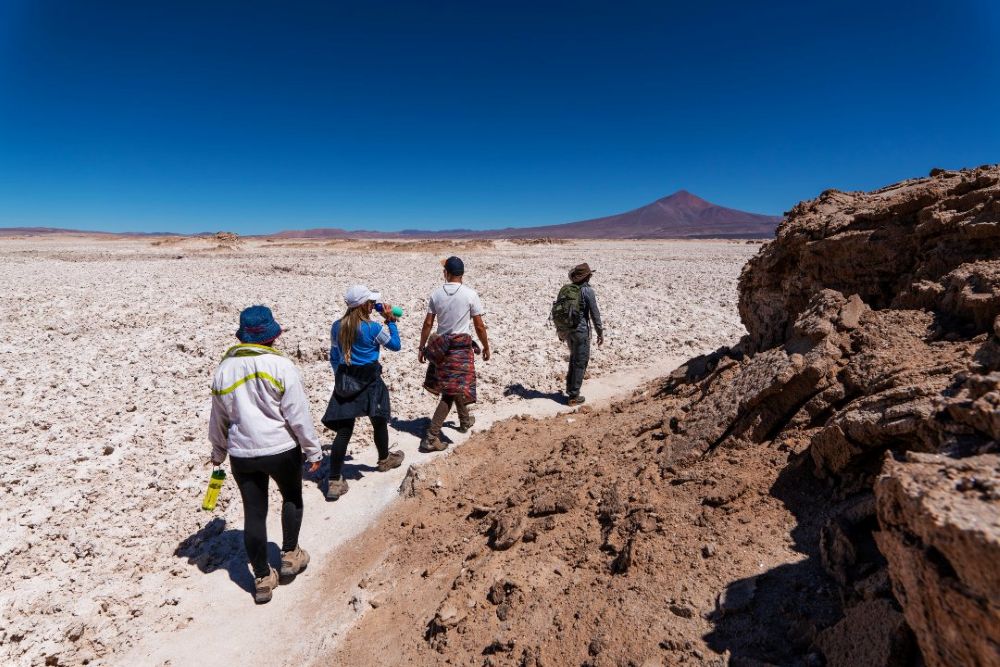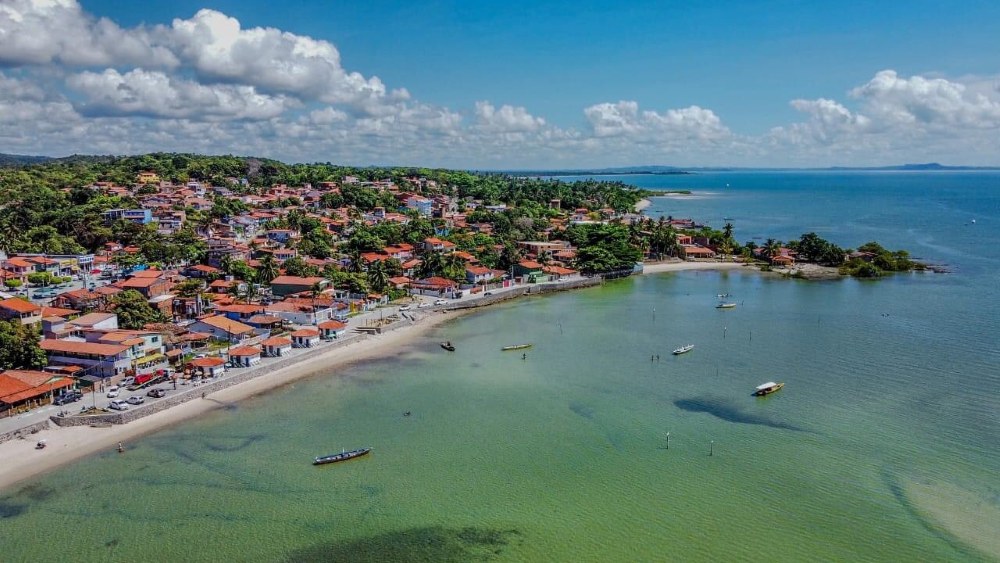Carolina Briones, Secrétaire Générale de l’Agence de promotion du tourisme d’Amérique Centrale (CATA)

Visit Latin America : CATA a reçu le prix d’excellence internationale du tourisme en 2021 pour les actions entreprises durant la pandémie. Comment se déroule l’année 2022 en termes de fréquentation touristique dans la région et quels sont les objectifs pour cette fin d’année ?
L’année 2022 est définitivement arrivée avec un vent d’espoir pour le secteur du tourisme en Amérique Centrale et en République Dominicaine. Depuis le début de l’année, ForwardKeys, société dédiée au suivi, à l’analyse et à l’anticipation des flux de voyages mondiaux, indiquait déjà que les pays de la région se distinguaient comme les premières destinations en termes d’intentions de voyage pour la fin de l’année 2021 et le début de l’année 2022.
À ce propos, selon les données du Secrétariat pour l’intégration touristique de l’Amérique Centrale (SITCA), l’Amérique Centrale et la République Dominicaine ont reçu un total de 11,1 millions de visiteurs en 2021, dont 86 % de touristes et 14 % de visiteurs de courte durée. Les données pour 2021, par rapport à l’année précédente, présentent une croissance de 75,8% des visites, influençant l’augmentation de 49,8% du nombre total de visiteurs. En termes de génération de revenus, on constate également une augmentation de 84 % par rapport à 2020.
D’autre part, l’Organisation Mondiale du Tourisme (OMT) a indiqué que le tourisme international a connu une augmentation annuelle de 182 % entre janvier et mars 2022, les destinations du monde entier ayant reçu quelque 117 millions d’arrivées internationales, contre 41 millions au premier trimestre 2021. Dans les Amériques, y compris les pays d’Amérique Centrale et la République Dominicaine, les arrivées ont plus que doublé (+117%) au cours des trois mêmes mois.
Certains des principaux facteurs déterminants de la reprise, à ce jour, ont été le pourcentage de la population vaccinée, la diminution des restrictions de voyage et la promotion du tourisme intérieur et intrarégional. Cela nous a permis d’avoir le retour des agendas de loisirs cette année, avec lesquels nous attendons une reprise beaucoup plus importante au cours du second semestre 2022.
Précisément, maintenant que la République Dominicaine assume la présidence de la CATA pour une période de 6 mois, nous espérons stimuler davantage l’offre touristique complémentaire de la région. Nous pensons qu’avec son leadership, nous pourrons élever le niveau de promotion du tourisme par des actions de marketing, des systèmes d’intelligence touristique, le renforcement des petites et moyennes entreprises du secteur et, bien sûr, le positionnement du multi-destination sur le marché international.
VLA : Le voyage multidestination était l’un des principaux axes de développement du tourisme dans la région et le produit phare présenté dans les roadshows en 2020. Quels ont été les résultats de ce projet et quelle a été la réaction des professionnels du tourisme et des voyageurs ?
En 2020, nous avons réalisé un roadshow destiné au marché européen et en 2021, nous en avons développé un destiné à l’Amérique du Nord et un autre destiné aux marchés européens. C’est-à-dire qu’au total nous avons promu 3 foires virtuelles dans le but de commercialiser et de promouvoir le multidestination auprès des entreprises et des grossistes d’Amérique centrale sur les marchés internationaux avec lesquels la CATA est en relation.
Dans ces espaces, en plus de fournir des informations récentes sur l’offre touristique de la région, chaque pays a présenté des informations concernant les modalités de voyage et les efforts que chacun déploie pour s’ouvrir au tourisme international. Ainsi, plus de 550 Tour- opérateurs et plus de 100 agences réceptives de la région ont organisé plus de 150 réunions commerciales. De même, la participation de plus de 100 médias spécialisés dans le tourisme a été enregistrée.
Tout ce qui précède a été réalisé dans le but de maintenir le pont de communication avec les marchés européens, mais aussi d’explorer les possibilités sur de nouveaux marchés comme l’Amérique du Nord.
VLA : CATA a récemment lancé sa nouvelle campagne de communication “El Origen”, basée sur la promotion de la culture, de l’histoire et de la nature de l’Amérique centrale. Cette nouvelle approche est-elle liée à l’évolution des attentes des voyageurs ? Si oui, pourriez-vous nous en dire un peu plus sur celles-ci ?
En effet, la campagne “El Origen” (Origines) répond à l’évolution des attentes des voyageurs post-pandémie. Selon l’Organisation Mondiale du Tourisme, les activités de plein air, les produits basés sur la nature et le tourisme communautaire se positionnent comme certaines des principales tendances liées à la durabilité en 2022.
Cela est dû aux sensations de liberté et de santé que nous procure le fait d’être entouré par la nature. Dans ce sens, nous pensons que c’est une grande opportunité pour l’Amérique Centrale et la République Dominicaine lors de cette reprise du tourisme. Dans la région, la nature est à l’état pur, et les peuples indigènes se trouvent dans des territoires naturels impressionnants qui rendent l’expérience très enrichissante.
C’est la raison pour laquelle cette campagne est née, nous sommes à l’origine de civilisations millénaires, où il est non seulement possible d’en entendre parler, mais aussi de les vivre à travers les imposants témoignages archéologiques, les cérémonies, les rituels, les dialectes, les danses, la musique, leur gastronomie ancestrale incarnée par le maïs, les herbes et les condiments d’origine végétale très typiques de ces latitudes.
Nous savons qu’il s’agit d’un grand attrait pour les touristes, en particulier pour les voyageurs venant d’Europe, où la CATA dirige ses actions. C’est là que la campagne est née, car nous sommes convaincus que la région est plus proche de l’origine de l’évolution des cultures que les autres pays, car elle conserve des éléments uniques qui montrent d’où nous venons. Il est possible d’en faire l’expérience dans la région.
La campagne inclut également la nature, qui complète le concept de l’origine. La région est devenue le berceau de l’écotourisme le plus représentatif au monde, et l’origine d’activités d’aventure uniques et emblématiques comme le rafting, le sandboarding, la tyrolienne, entre autres.
VLA : Quels sont vos trois endroits préférés en Amérique centrale et pourquoi ?
Il est difficile de définir 3 destinations préférées dans la région, sans aucun doute je peux souligner que chaque pays a cette oasis touristique qui le rend unique et c’est ce qui nous permet d’avoir une offre complémentaire et différenciatrice. Au Guatemala, je citerais Tikal et son impressionnant héritage maya ; au Belize, ses magnifiques Cayos comme Cayo San Pedro ; au Salvador, ses plages impressionnantes où se déroulent les championnats du monde de surf ; au Honduras, son produit phare, les Bay Islands ; au Nicaragua, son impressionnant tourisme d’aventure dans les lacs et les volcans ; au Costa Rica, reconnu pour sa durabilité environnementale appliquée au tourisme ; au Panama, avec une importante proposition de tourisme communautaire à Emberá Querá ; et en République dominicaine, son tourisme d’eaux turquoises et de jungles tropicales dans la région de Samaná.
VLA : Quel message souhaitez-vous faire passer à nos lecteurs, professionnels du tourisme ?
Mon message est qu’il faut continuer à avancer ; partons de là où nous sommes et cherchons à atteindre les objectifs de récupération que nous nous sommes fixés. C’est un énorme défi, nous le savons, peut-être le plus grand défi auquel nous ayons été confrontés en tant qu’industrie dans l’histoire récente, mais si nous regardons quelques années en arrière, nous nous rendrons compte que nous avons franchi des étapes très importantes entre le ralentissement et la réactivation.
Le plus important à mon avis, dans cette phase très dynamique que nous traversons, est d’approfondir le travail en étroite coordination avec les différents secteurs. Le renforcement des capacités entre les secteurs publics et privés du tourisme sera essentiel pour insérer l’offre touristique dans le nouveau scénario touristique mondial.


